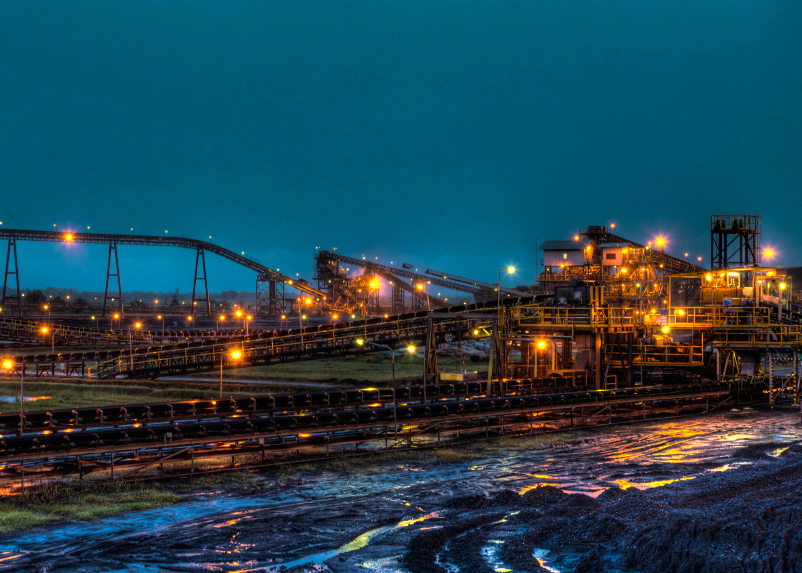Energy costs and their related carbon emissions are significant factors in mine economics.
Building an energy study into the mine studies will provide a more optimal solution in terms of cost of power supply and overall mine emissions.
Don’t leave it to “the electrical guy”, use a specialist energy advisory to provide a holistic approach to mine energy supply options.
Key questions to ask include:

Arche works with you to provide practical and innovative mine and remote power supply studies for your projects.
We begin with a power demand analysis, which is a thorough evaluation of the power demands of the site. For a mine, these demands include extraction, crushing, processing, transportation, ventilation, lighting, communication systems, and other ancillary facilities.
We then look into power supply options to determine the most suitable sources for the project. We assess the feasibility of grid connection, consider the availability and reliability of the local power grid, and evaluate the cost implications. We also examine off-grid power generation solutions like renewable energy sources, batteries and generators.
The next step is for our engineers to design the power distribution network within the site, determining appropriate voltage levels, selecting equipment, and designing the layout of distribution substations.
For critical operations that operate 24/7, backup power systems are essential. We evaluate the need for emergency generators, uninterruptible power supply (UPS) systems, and energy storage solutions to provide backup power during grid outages or other electrical failures.
The economic viability of the various power supply options is next. Our consultants analyse the capital, operational, and maintenance costs of power generation and distribution alternatives, identifying the most cost-effective solution that meets the project’s power requirements while considering factors like fuel availability, maintenance requirements, and future expansions.
Projects in remote locations usually call for some form of environmental approvals and related environmental impact study (EIS). Whether one is needed and what it includes depends on the project’s location and regulations. An EIS helps to identify sustainable and environmentally friendly solutions, such as incorporating renewable energy sources or implementing energy efficiency measures.